Home>Gardening & Outdoor>Landscaping Ideas>How To Grow Grass Over Concrete
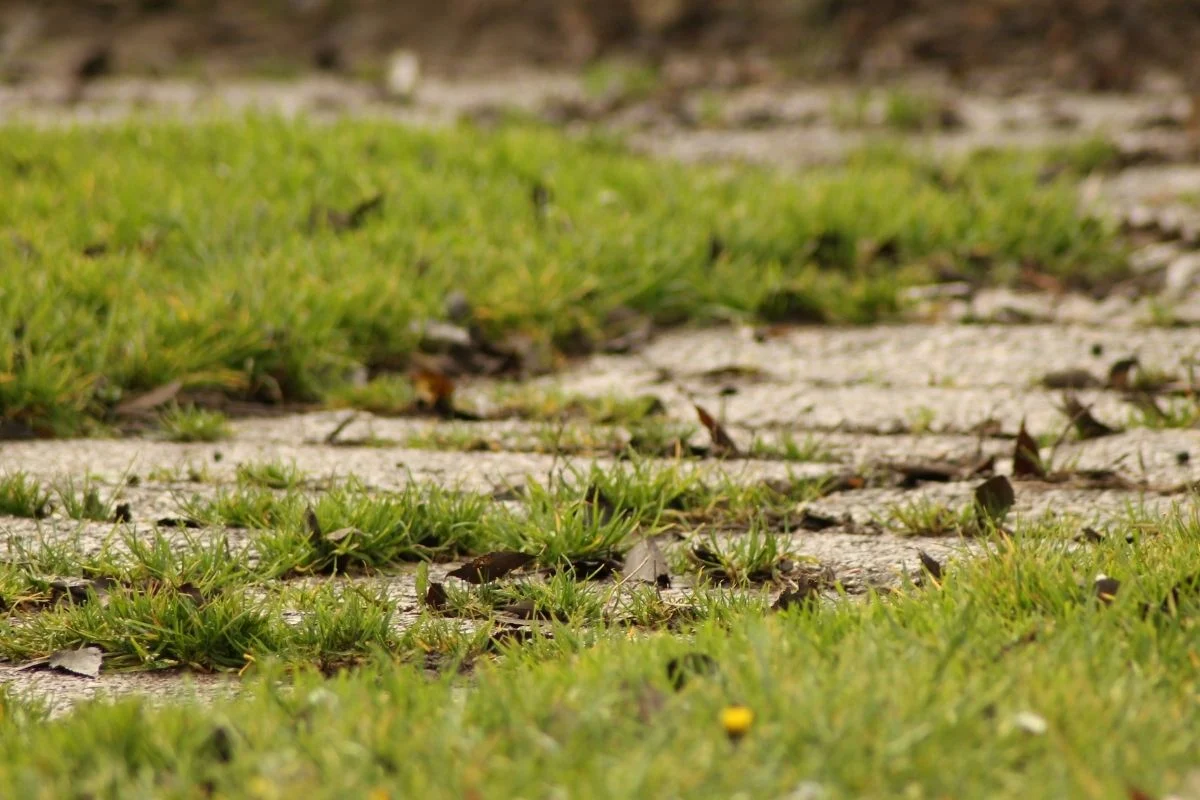

Landscaping Ideas
How To Grow Grass Over Concrete
Modified: October 25, 2024
Transform your concrete space with our expert landscaping ideas. Learn how to grow lush, green grass over concrete for a stunning outdoor oasis. Discover tips and techniques now!
(Many of the links in this article redirect to a specific reviewed product. Your purchase of these products through affiliate links helps to generate commission for Storables.com, at no extra cost. Learn more)
Introduction
Transforming a dull, concrete space into a lush green area can significantly enhance the aesthetic appeal of your property. Growing grass over concrete is a rewarding endeavor that can bring life and vibrancy to an otherwise barren surface. Whether you’re looking to create a small green patch for recreational purposes or aiming to revamp a larger area, the process of growing grass over concrete requires careful planning and execution.
In this comprehensive guide, we’ll explore the step-by-step process of cultivating a thriving grassy area on concrete. From preparing the surface to selecting the right grass seed and ensuring proper maintenance, each stage plays a crucial role in the success of your green transformation. By following these steps and incorporating the right techniques, you can turn a stark concrete expanse into a flourishing green space that adds beauty and tranquility to your environment.
Let’s delve into the details of how to grow grass over concrete, and unlock the potential of your outdoor space with the vibrant allure of natural greenery.
Key Takeaways:
- Transforming a concrete area into a lush green space requires cleaning, repairing, and enhancing the surface for successful grass growth. Choosing the right grass seed and diligent maintenance are key for a vibrant, resilient lawn.
- Growing grass over concrete involves careful preparation, thoughtful seed selection, and attentive maintenance. With the right steps and care, you can turn a barren space into a thriving green oasis, enhancing your outdoor environment.
Read more: How To Put Concrete Over Grass
Step 1: Preparing the Concrete Surface
Before you begin the process of growing grass over concrete, it’s essential to prepare the surface to create an environment conducive to healthy grass growth. Here are the key steps to prepare the concrete surface:
- Clean the Surface: Start by thoroughly cleaning the concrete surface to remove any dirt, debris, or contaminants. Use a stiff-bristled broom or a pressure washer to eliminate any accumulated grime, ensuring a clean and smooth base for the grass seed to take root.
- Repair Cracks and Irregularities: Inspect the concrete for any cracks, holes, or uneven areas. Fill in any cracks and repair imperfections using a concrete patching compound. This step is crucial for creating a level surface that promotes uniform grass growth.
- Enhance Drainage: Assess the drainage capabilities of the concrete. If water tends to accumulate in certain areas, consider incorporating drainage solutions such as small channels or drainage tiles to prevent waterlogging, which can hinder grass growth.
- Consider Aeration: Depending on the condition of the concrete, consider using a concrete aerator to create small perforations in the surface. This process can improve air circulation and water absorption, facilitating better conditions for the grass roots to establish themselves.
By meticulously preparing the concrete surface, you set the stage for successful grass growth and ensure that the area is primed for the next steps in the transformation process.
Step 2: Choosing the Right Grass Seed
Selecting the appropriate grass seed is a pivotal decision that significantly influences the outcome of your grass-growing endeavor. Factors such as climate, sunlight exposure, and the intended use of the grassy area all play a crucial role in determining the most suitable grass seed for your project. Here’s how to choose the right grass seed for growing over concrete:
- Assess Sunlight and Climate: Evaluate the amount of sunlight the area receives and the prevailing climate conditions. Different grass species thrive in varying levels of sunlight and are adapted to specific climate zones. For sunny areas, warm-season grasses like Bermuda grass or Zoysia grass may be suitable, while shaded regions may benefit from cool-season grasses like Fescue or Kentucky Bluegrass.
- Consider Intended Use: Determine the primary purpose of the grassy area. Are you aiming to create a lush lawn for recreational activities, or are you seeking a low-maintenance ground cover for aesthetic enhancement? Understanding the intended use will help you choose between grass varieties known for durability, resilience, or ornamental appeal.
- Soil Compatibility: Consider the soil type and pH level of the concrete area. Some grass species thrive in acidic soils, while others prefer alkaline conditions. Conduct a soil test to identify the soil’s composition and pH, and select grass seed varieties that are well-suited to the soil characteristics.
- Consult Local Experts: Seek guidance from local horticulturists, landscapers, or agricultural extension services. Local experts can provide valuable insights into the best grass species for your specific region and offer recommendations based on their knowledge of local soil conditions and climate patterns.
By carefully considering these factors and conducting thorough research, you can make an informed decision when choosing the right grass seed for growing over concrete. This thoughtful selection sets the stage for robust grass growth and a visually appealing green space.
Before planting grass over concrete, make sure to thoroughly clean the surface and apply a layer of topsoil to provide a good base for the grass to grow. Choose a grass variety that is suitable for the amount of sunlight the area receives.
Step 3: Planting the Grass Seed
Once the concrete surface is prepared and the appropriate grass seed is selected, it’s time to proceed with the planting process. Planting the grass seed effectively and efficiently is crucial for establishing a healthy and vibrant lawn over the concrete area. Here’s a step-by-step guide to planting the grass seed:
- Even Seed Distribution: Use a seed spreader or broadcast spreader to evenly distribute the grass seed across the prepared concrete surface. Ensure that the seed is spread uniformly to promote consistent growth and prevent patchy areas in the lawn.
- Seed Depth and Coverage: Gently rake the grass seed into the top layer of the soil, aiming for a consistent depth of around 1/4 to 1/2 inch. Avoid burying the seeds too deeply, as this can impede germination. Once the seeds are raked in, lightly compact the soil to enhance seed-to-soil contact for optimal germination.
- Watering Schedule: After planting the grass seed, establish a regular watering schedule to keep the soil consistently moist. Avoid overwatering, as this can lead to waterlogging and hinder seed germination. A gentle and consistent watering routine is essential to support the initial stages of grass growth.
- Protective Cover: Consider using a light protective cover such as straw or mulch to shield the newly planted grass seeds from birds, wind, and excessive sunlight. This cover helps maintain moisture levels and provides a degree of protection during the germination phase.
By following these planting guidelines, you can optimize the conditions for successful grass seed germination and early growth. With attentive care and proper planting techniques, the seeds will take root and begin the journey towards transforming the concrete expanse into a thriving green landscape.
Step 4: Watering and Maintenance
Watering and maintenance are pivotal aspects of nurturing the newly planted grass seed and ensuring its healthy development into a lush and vibrant lawn over the concrete surface. Proper watering and ongoing maintenance practices play a crucial role in fostering robust grass growth and long-term sustainability. Here’s a comprehensive approach to watering and maintaining the grass:
- Establish a Watering Routine: During the initial growth phase, maintain a consistent watering schedule to keep the soil moist but not waterlogged. Water the grass seedlings early in the morning or late in the afternoon to minimize evaporation and ensure optimal absorption.
- Monitor Soil Moisture: Regularly assess the soil moisture levels to ensure that the grass seeds and seedlings receive adequate hydration. Adjust the watering frequency based on weather conditions, taking into account factors such as rainfall and temperature fluctuations.
- Mowing and Trimming: Once the grass seedlings have developed into a substantial height, introduce a gentle mowing regimen to encourage healthy growth and density. Use a sharp mower blade and adhere to the recommended mowing heights for the specific grass species to prevent stress and promote lush, resilient turf.
- Fertilization and Nutrient Management: As the grass matures, consider implementing a balanced fertilization program to provide essential nutrients for sustained growth and vigor. Conduct a soil test to determine the specific nutrient requirements and select a suitable fertilizer to supplement the soil’s nutritional needs.
- Weed Control and Pest Management: Monitor the grassy area for weeds and address any invasive species promptly. Implement integrated pest management practices to mitigate potential pest infestations and safeguard the health and vitality of the grass lawn.
By prioritizing a consistent and attentive approach to watering and maintenance, you can nurture the grass over the concrete surface into a thriving and resilient landscape. These ongoing care practices are essential for cultivating a verdant and enduring green space that enhances the visual appeal and ambiance of your outdoor environment.
Read more: How To Grow Grass Over Weeds
Conclusion
Transforming a barren concrete expanse into a flourishing green space is a gratifying journey that yields a myriad of benefits, from enhancing the visual appeal of your property to creating a tranquil outdoor retreat. By following the comprehensive steps outlined in this guide, you can embark on the process of growing grass over concrete with confidence and precision, ultimately achieving a vibrant and resilient grassy area.
From meticulously preparing the concrete surface to selecting the right grass seed, planting with care, and maintaining diligent watering and upkeep, each stage contributes to the successful establishment of a thriving grass lawn. The collective efforts invested in nurturing the grass over the concrete surface culminate in the creation of a verdant oasis that enriches the outdoor landscape and provides a welcoming haven for relaxation and recreation.
As you witness the transformation from a barren concrete canvas to a lush and inviting green space, take pride in the dedication and attention to detail that have brought this vision to life. Embrace the beauty and tranquility of your newly cultivated grassy area, and revel in the joy of experiencing nature’s vibrant allure within the confines of your property.
By integrating these steps and principles into your grass-growing endeavor, you have embarked on a journey that not only enhances the visual landscape but also fosters a deeper connection with the natural world. Embrace the transformation, and savor the rewards of your efforts as you enjoy the rejuvenating ambiance of your newly greened outdoor sanctuary.
With careful planning, diligent execution, and a touch of nurturing care, the transformation of a concrete surface into a thriving grassy haven is a testament to the transformative power of nature and human ingenuity. Embrace the journey, and revel in the lush, green oasis that now graces your outdoor environment.
Now that you’ve mastered growing grass over concrete, why not delve into more eco-friendly practices? Our next piece sheds light on sustainable landscaping, offering insights on creating beautiful yet environmentally responsible garden spaces. This guide equips you with knowledge and techniques to maintain harmony with nature while crafting your perfect outdoor sanctuary. Get ready to transform your approach to gardening with sustainable methods that benefit both your home and the planet.
Frequently Asked Questions about How To Grow Grass Over Concrete
Was this page helpful?
At Storables.com, we guarantee accurate and reliable information. Our content, validated by Expert Board Contributors, is crafted following stringent Editorial Policies. We're committed to providing you with well-researched, expert-backed insights for all your informational needs.
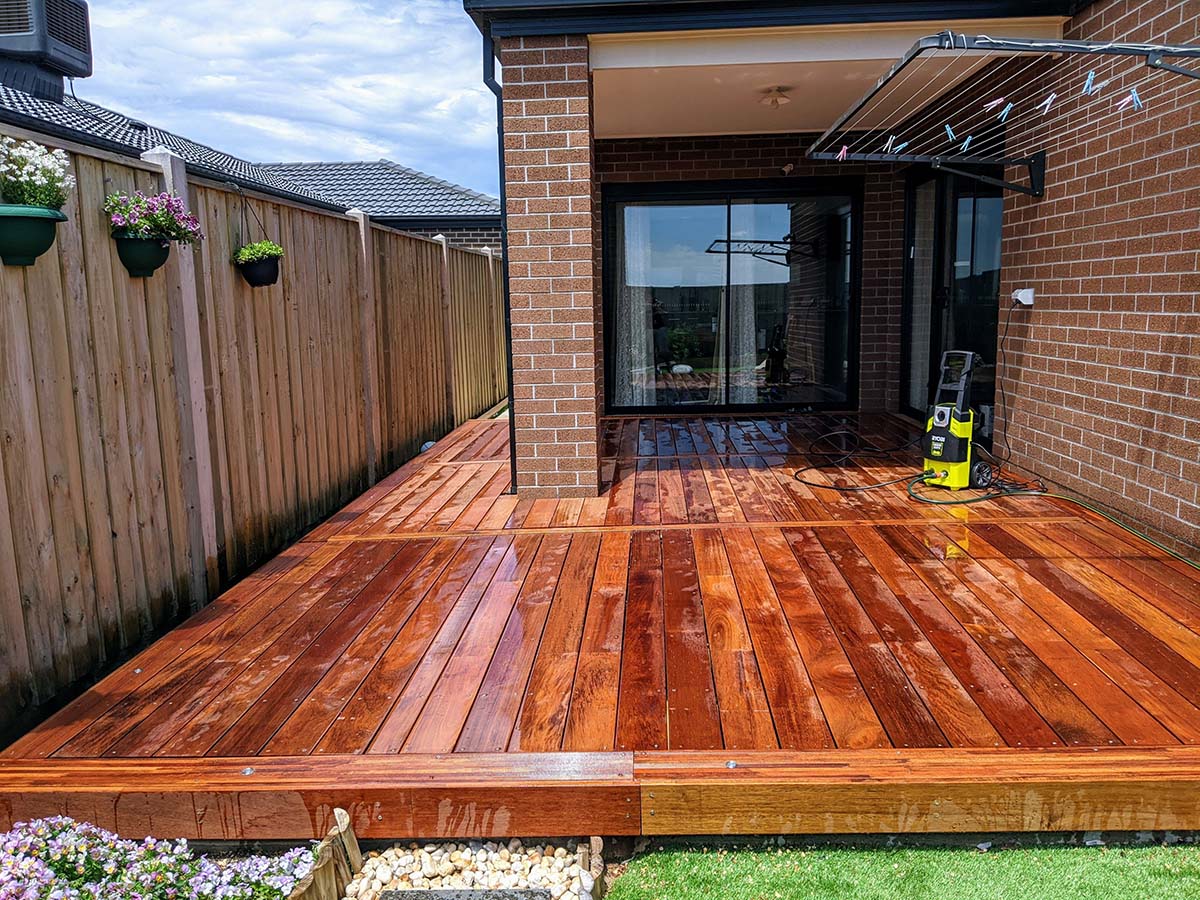
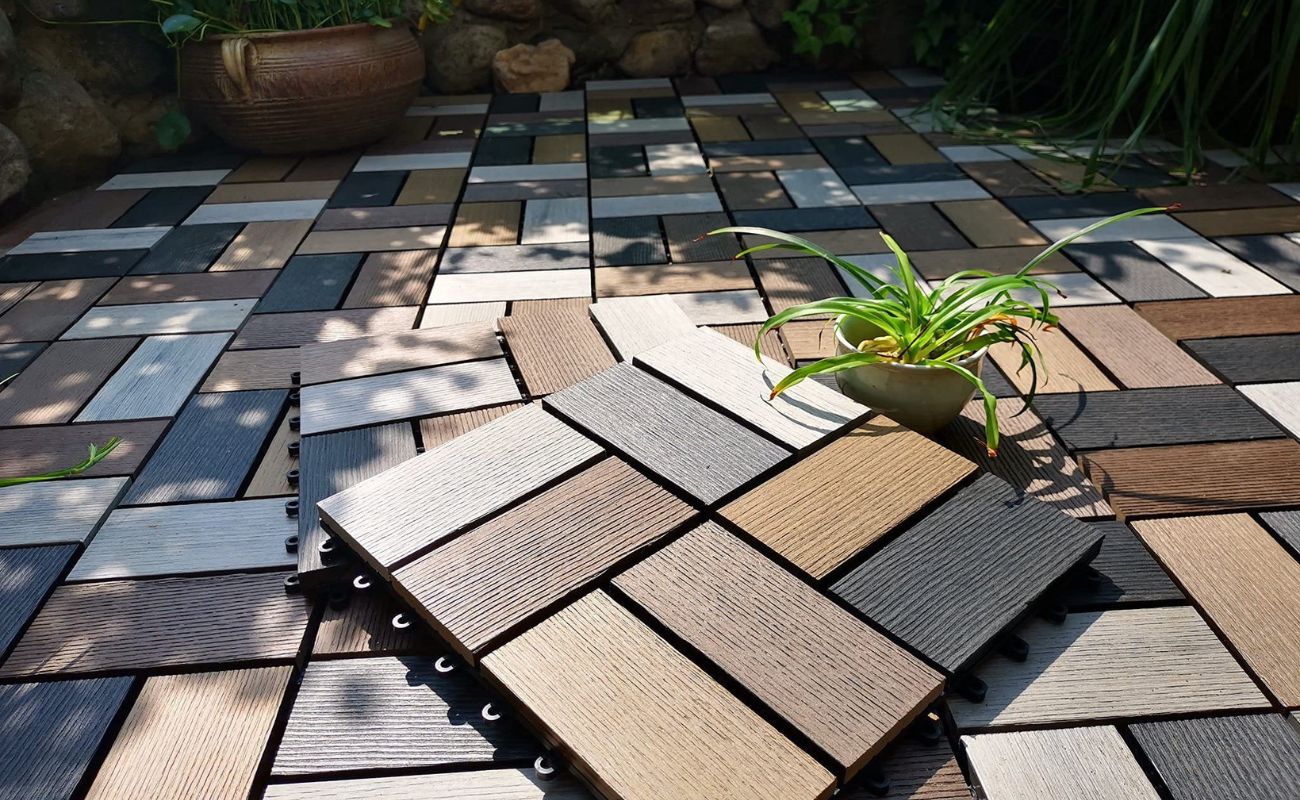
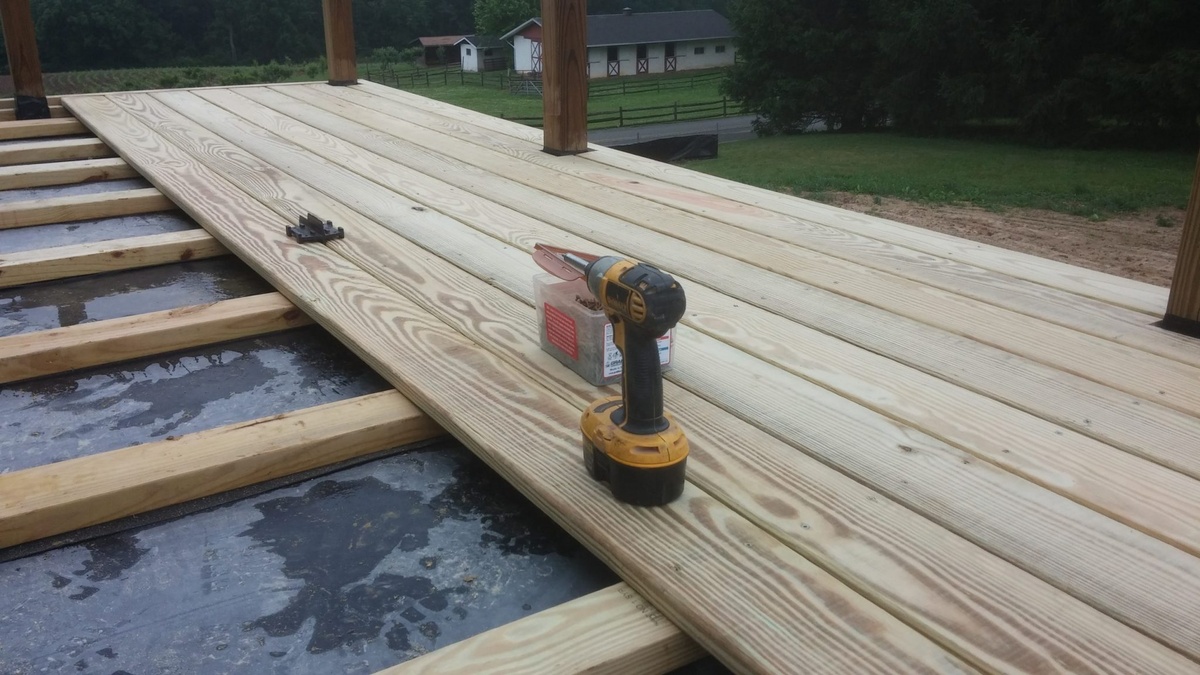
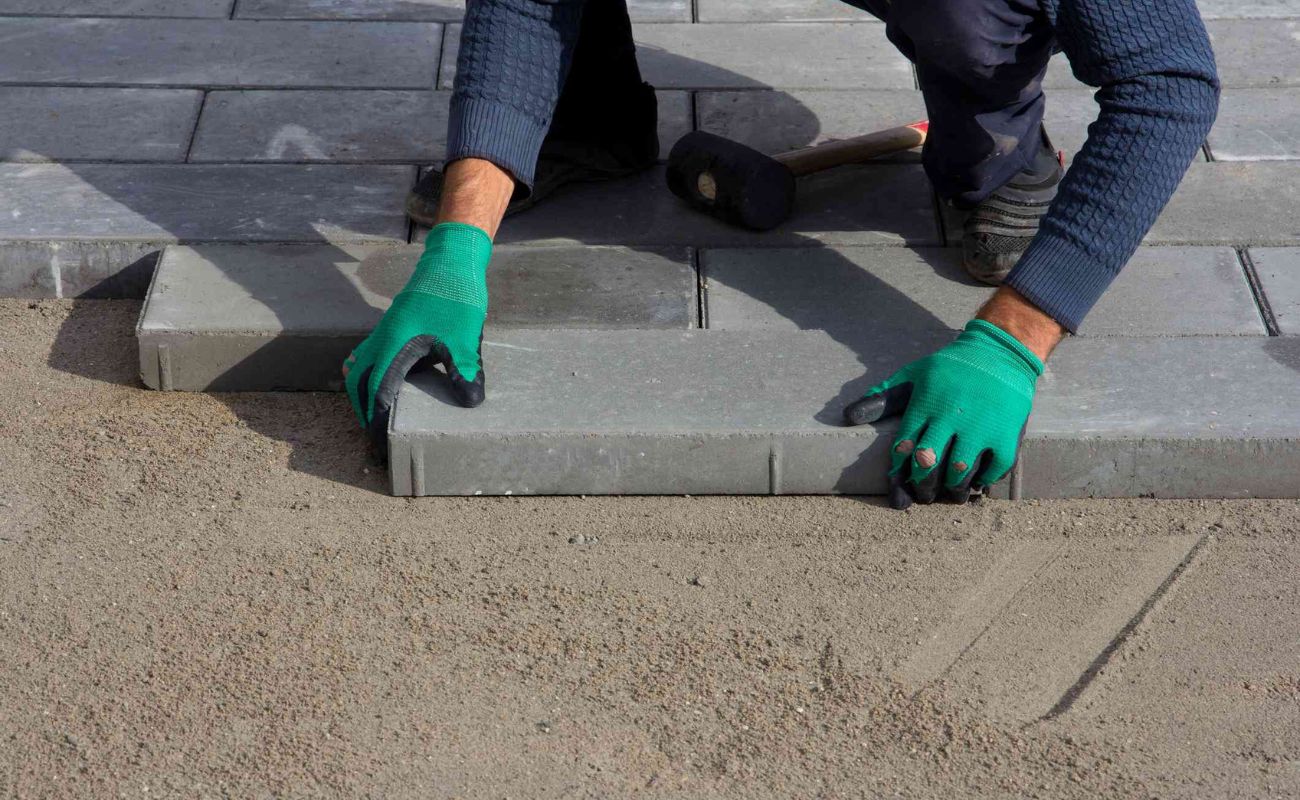
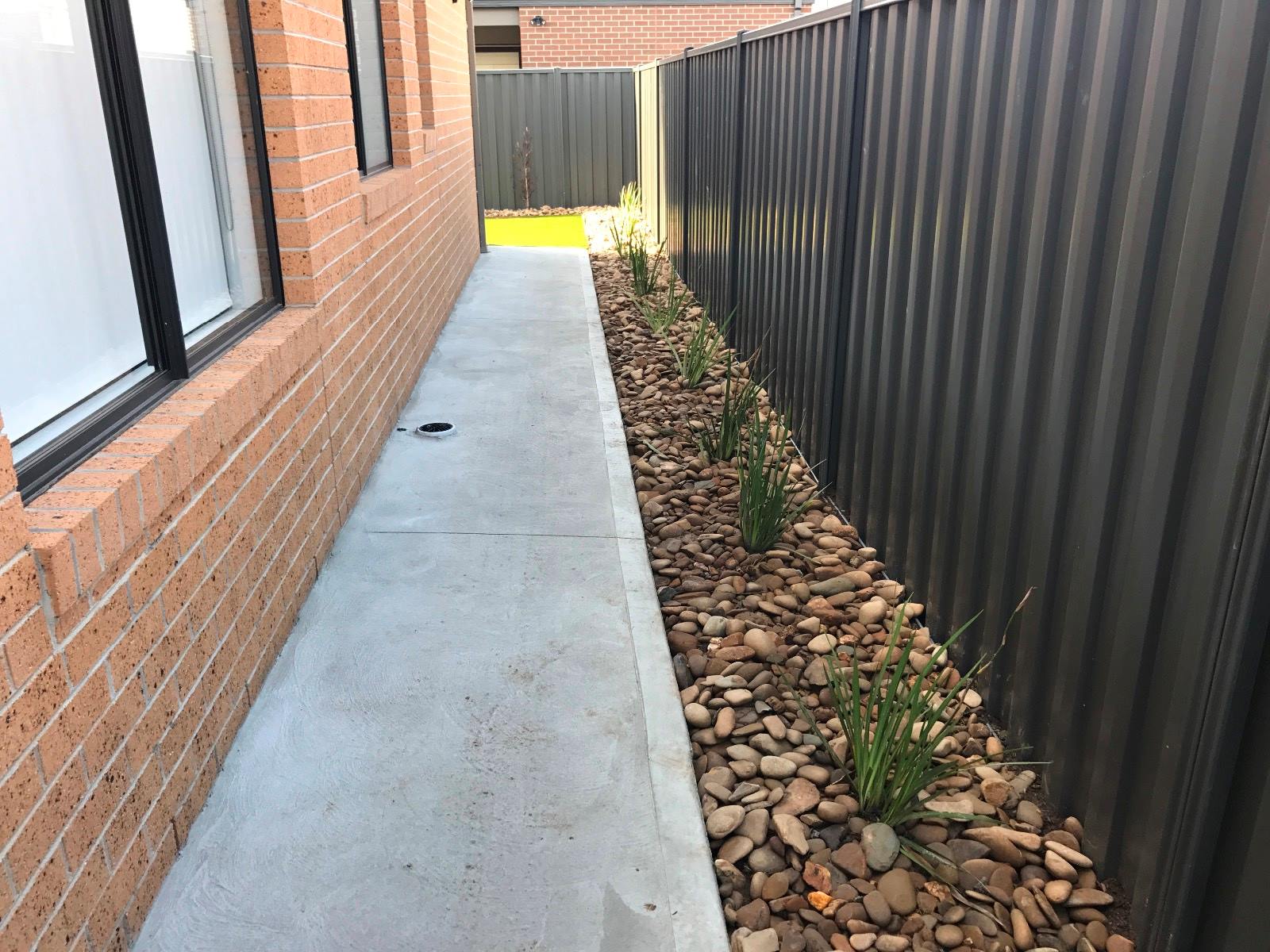
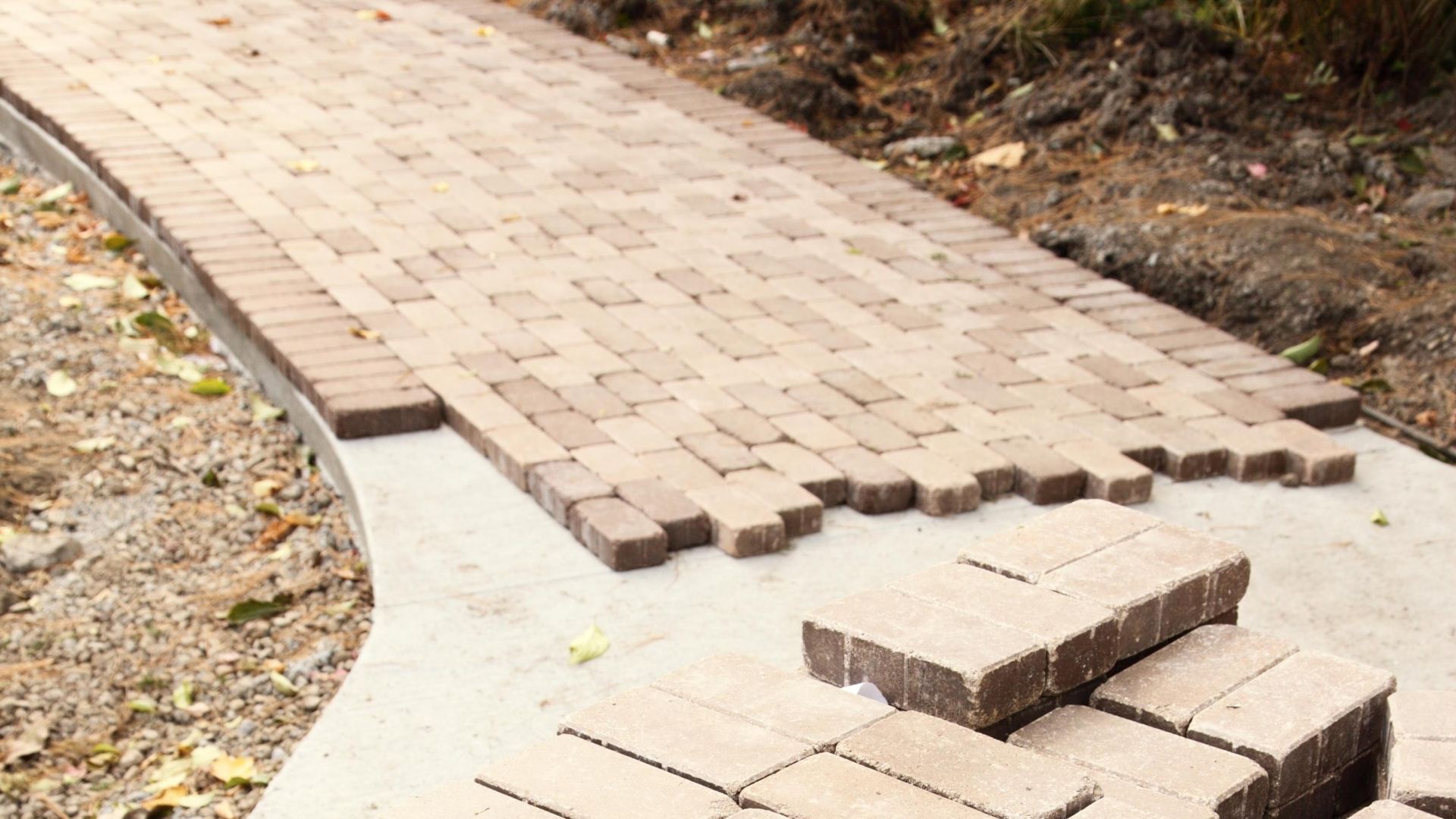
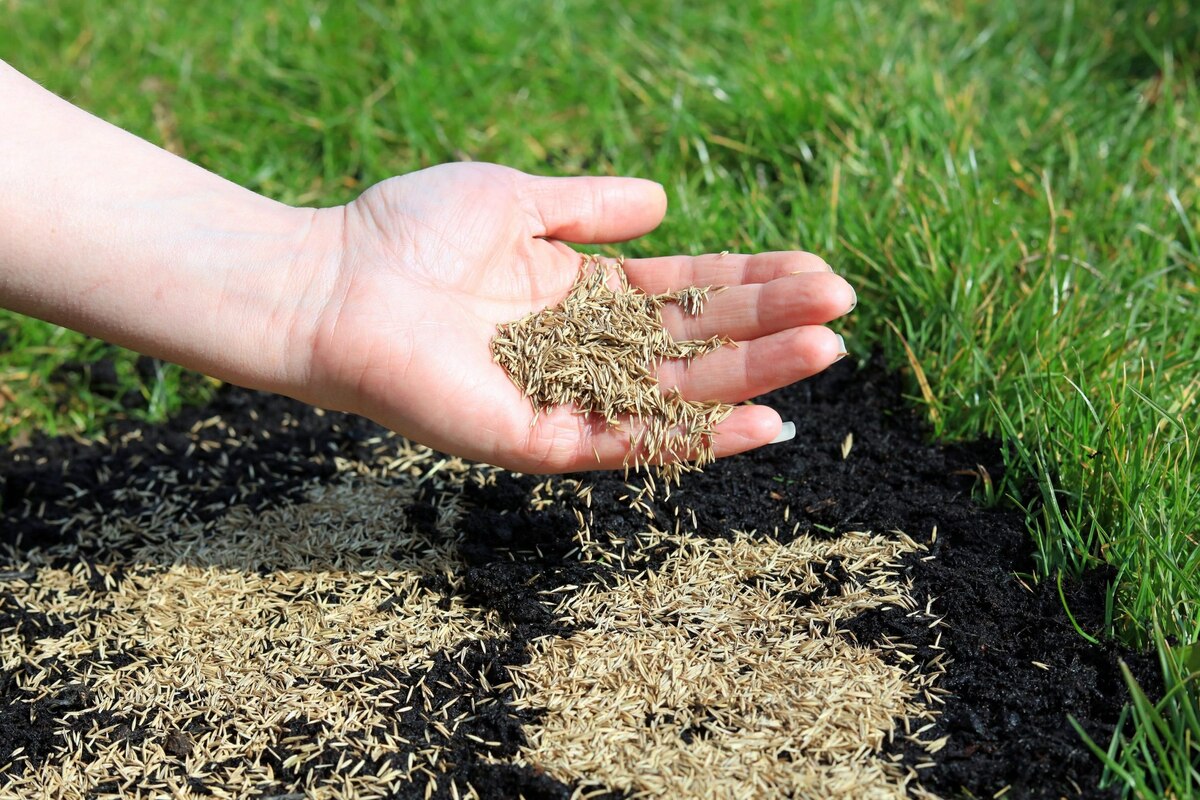

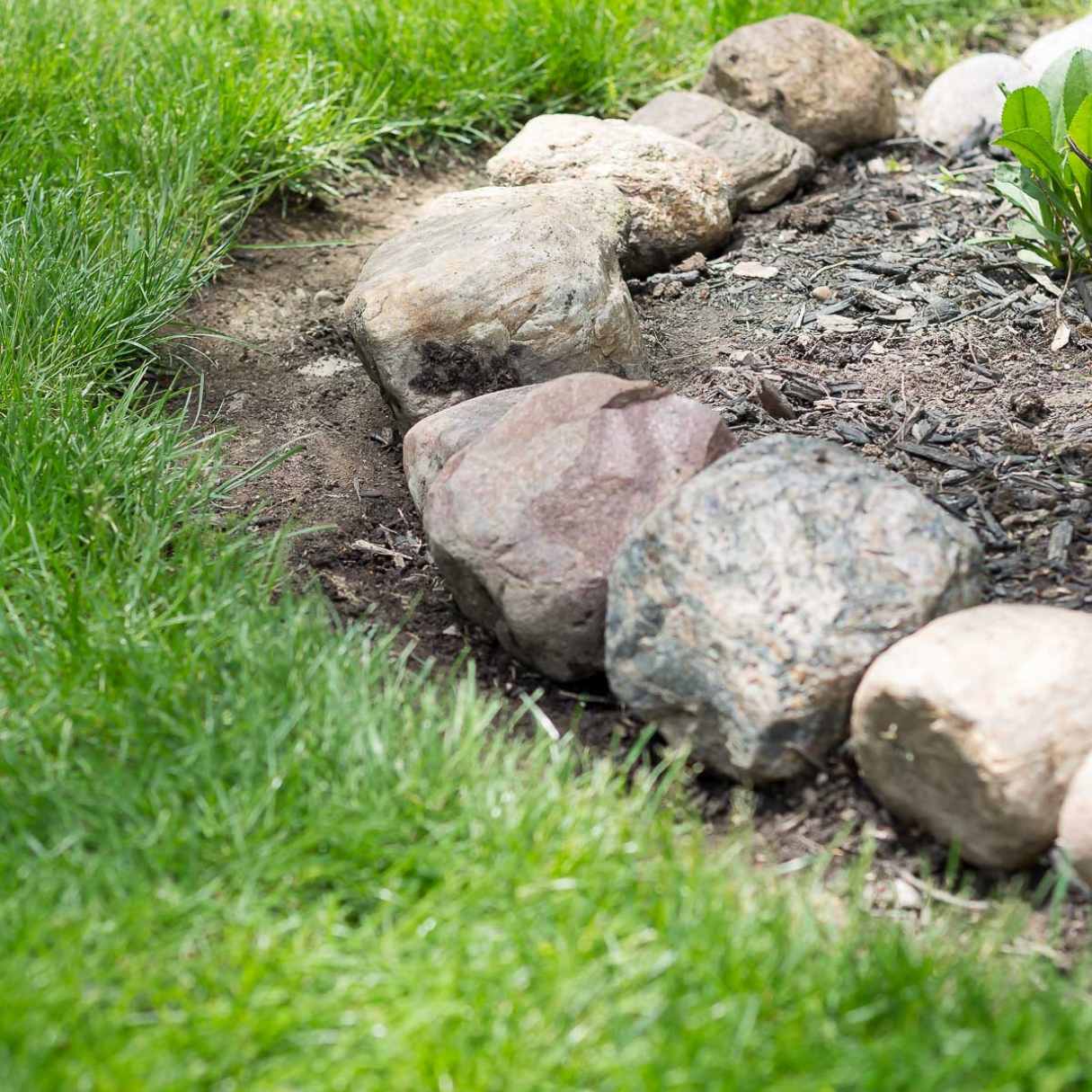
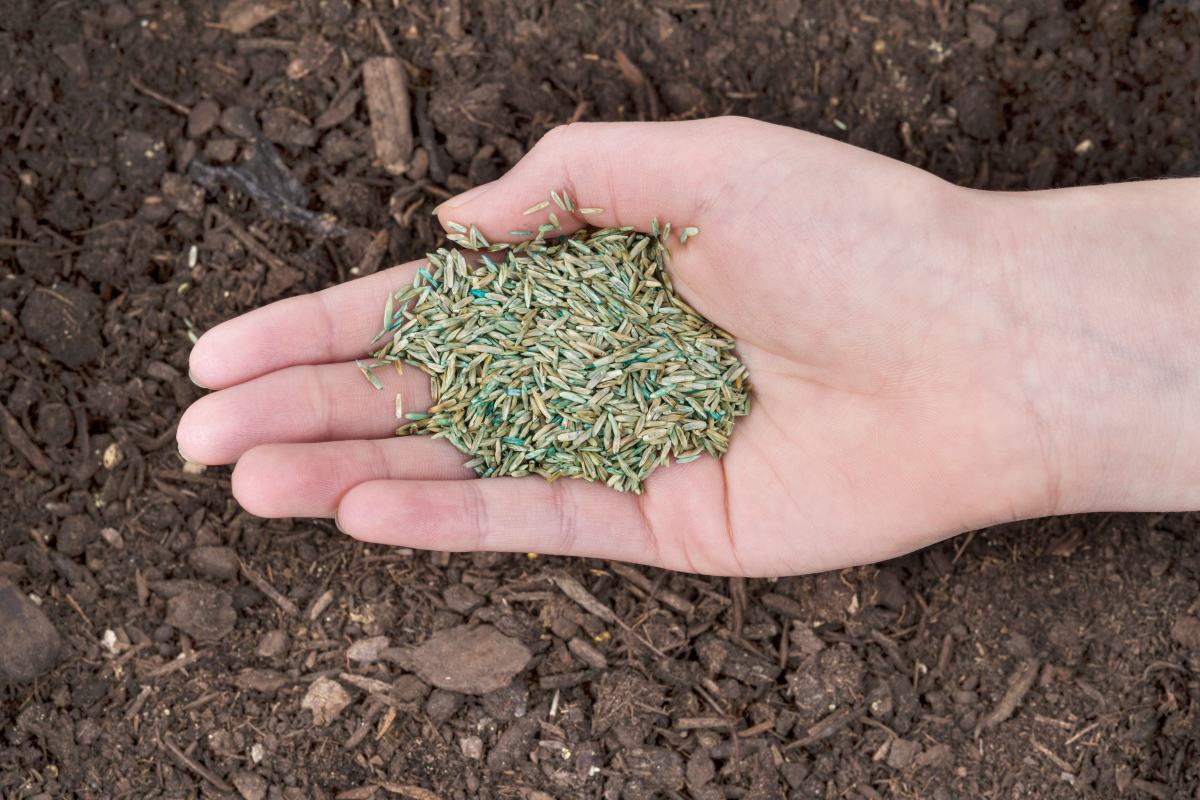
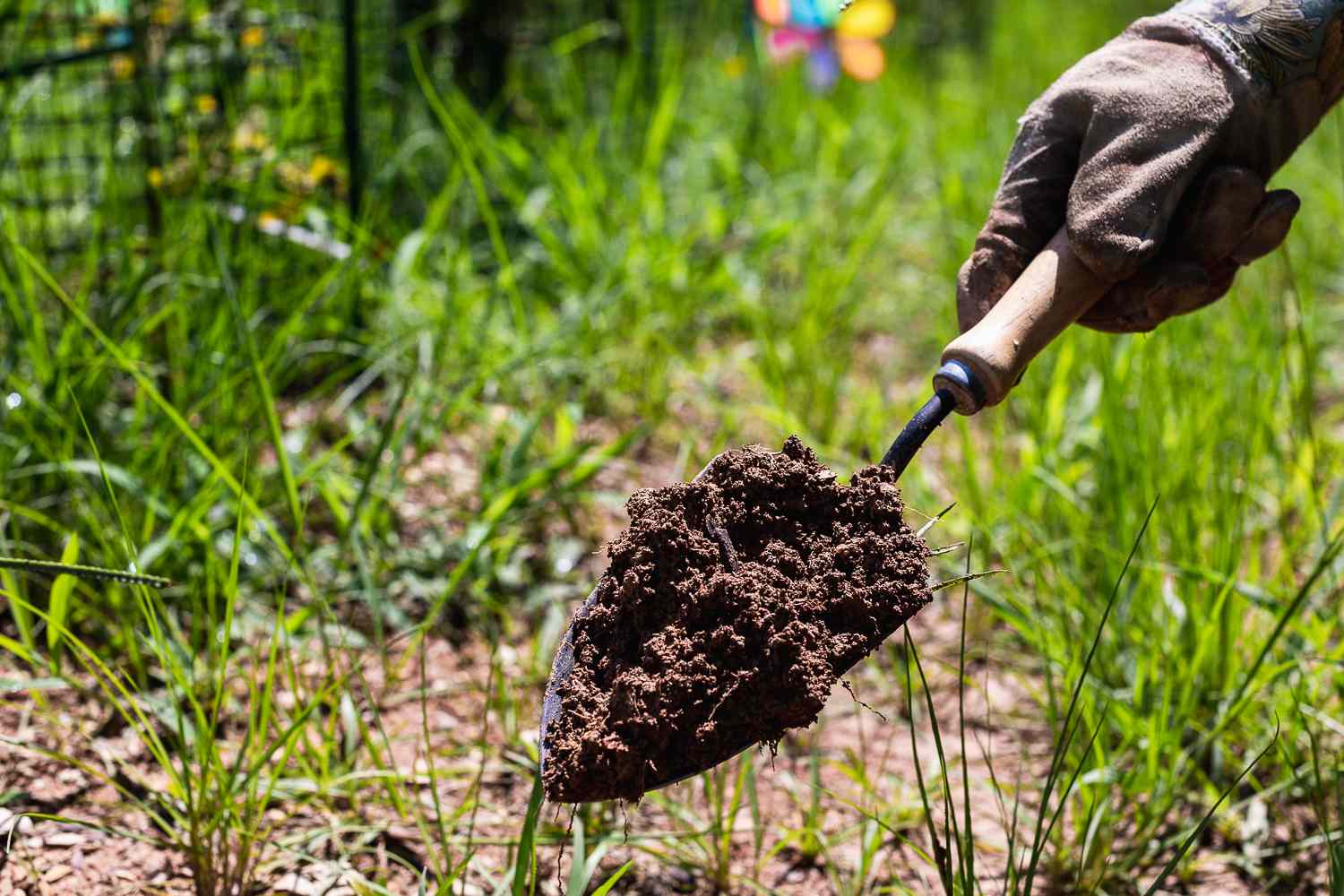
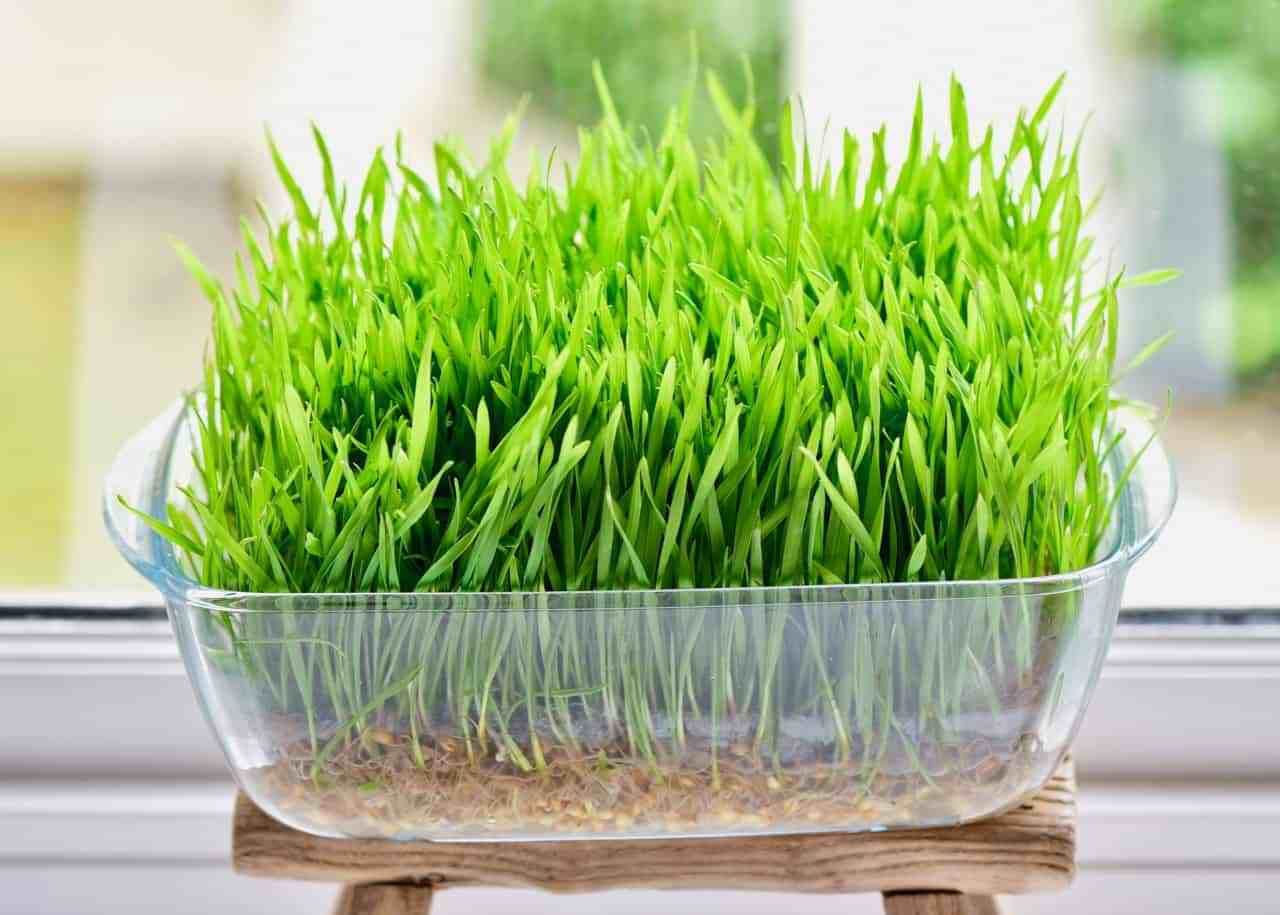

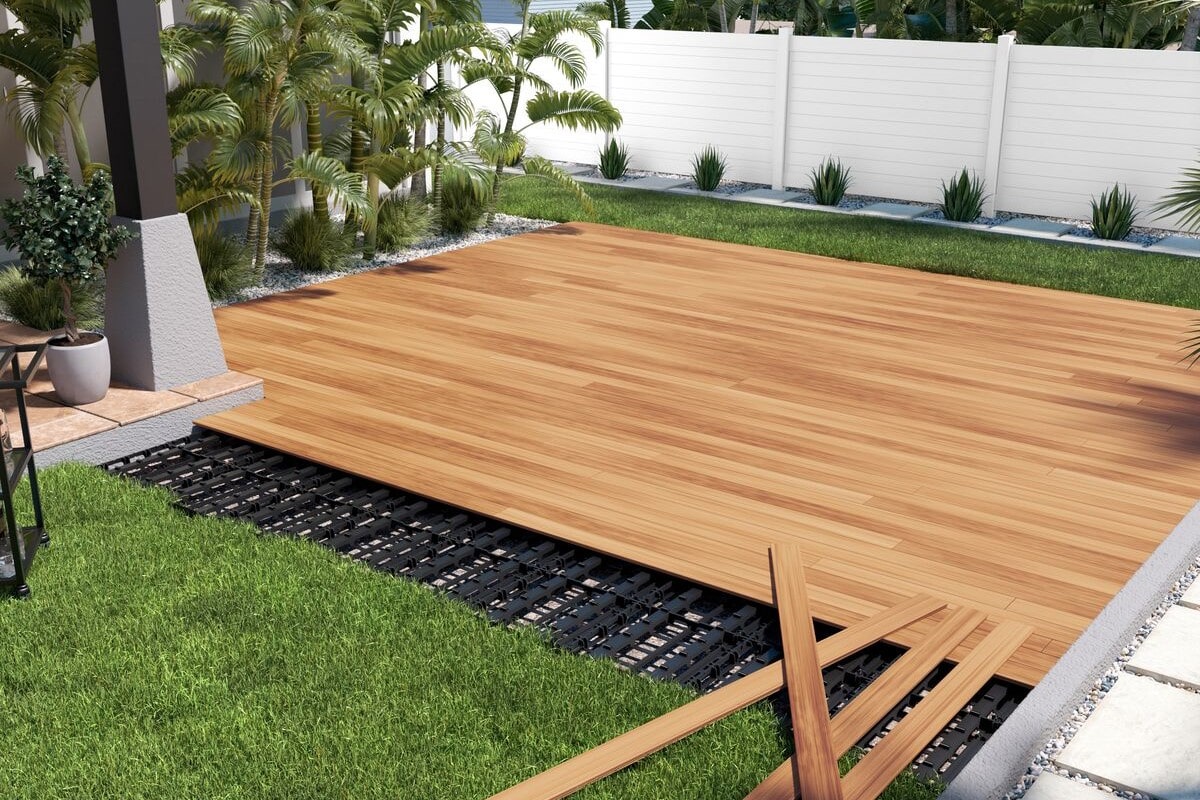

0 thoughts on “How To Grow Grass Over Concrete”